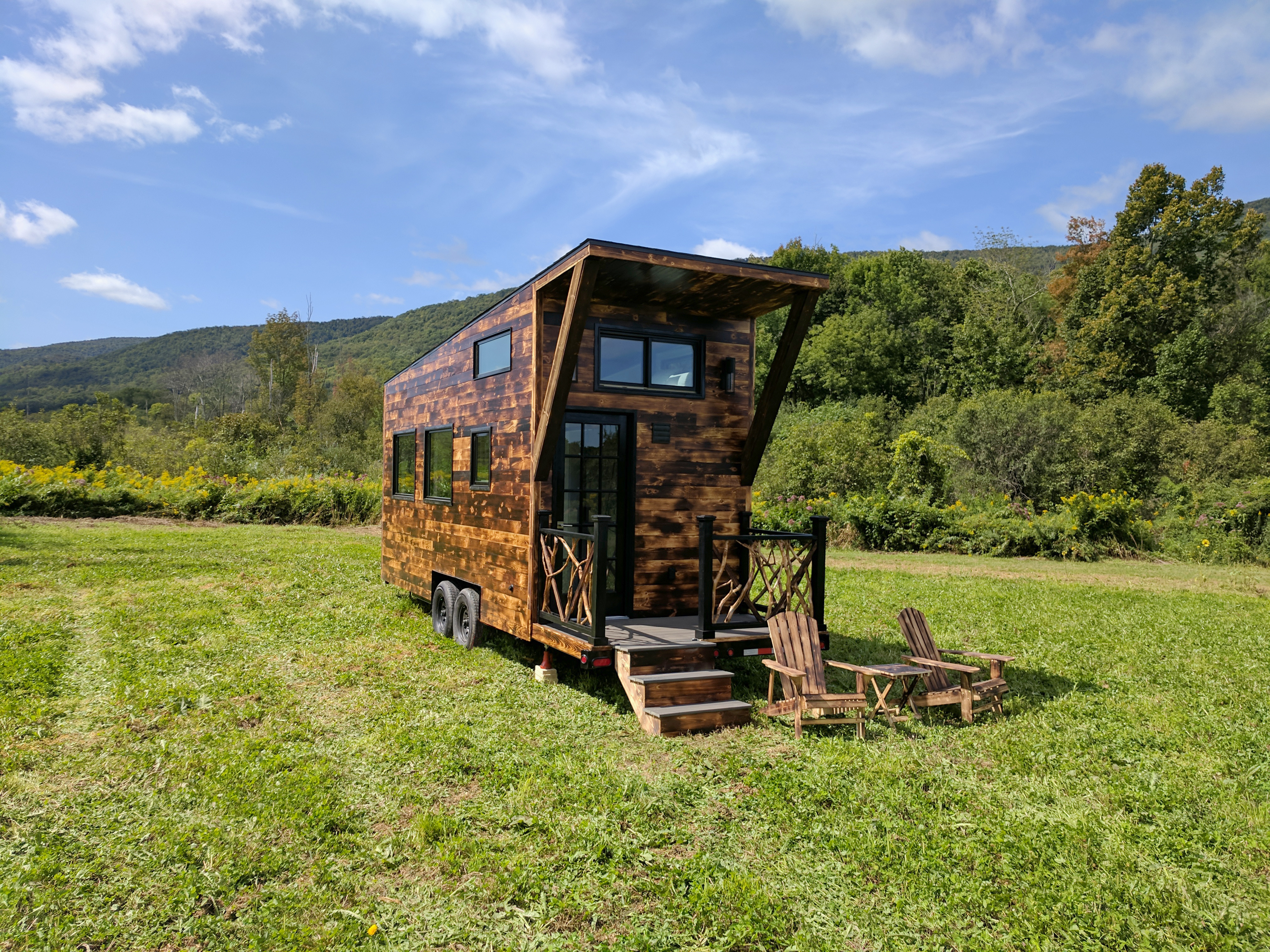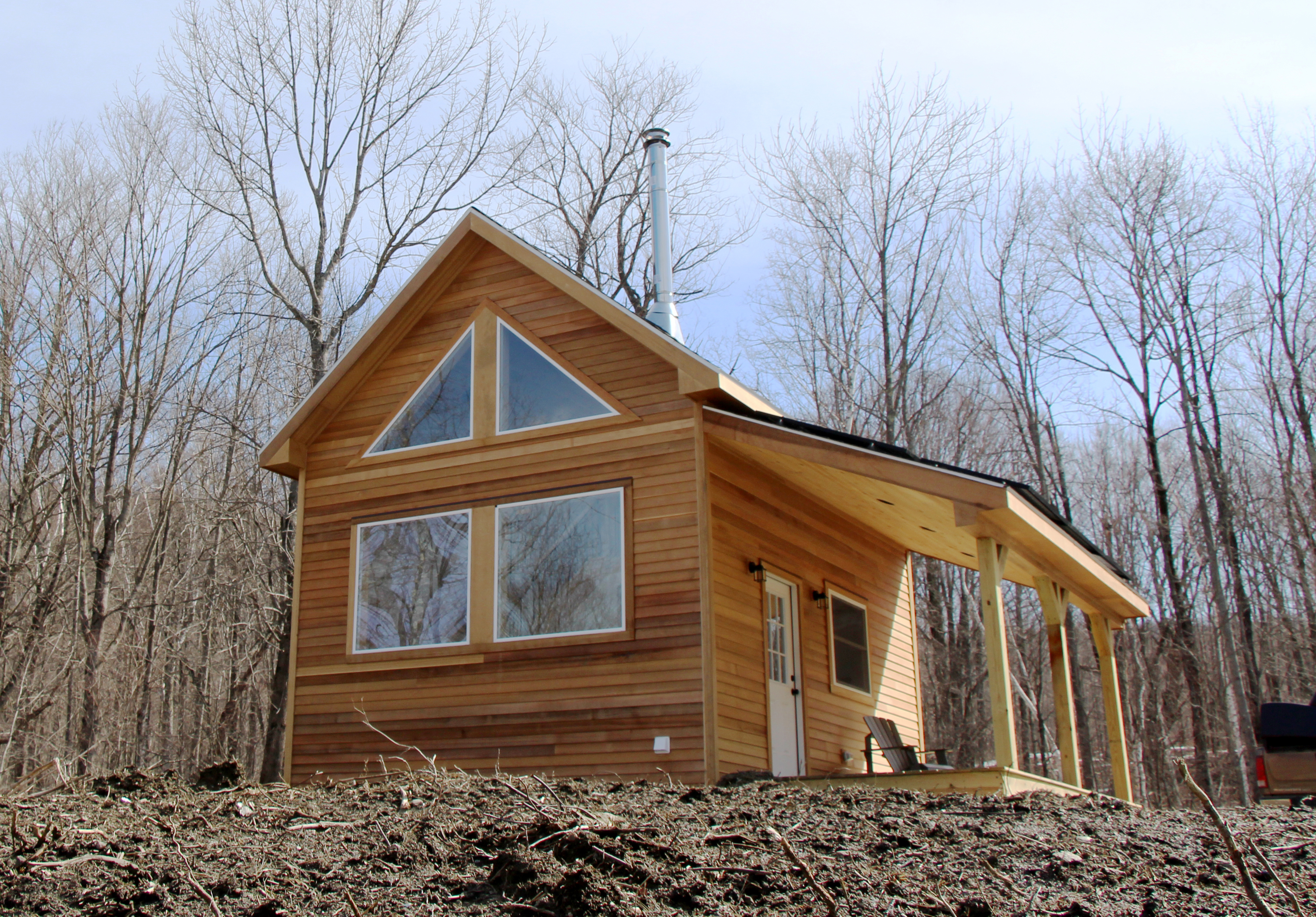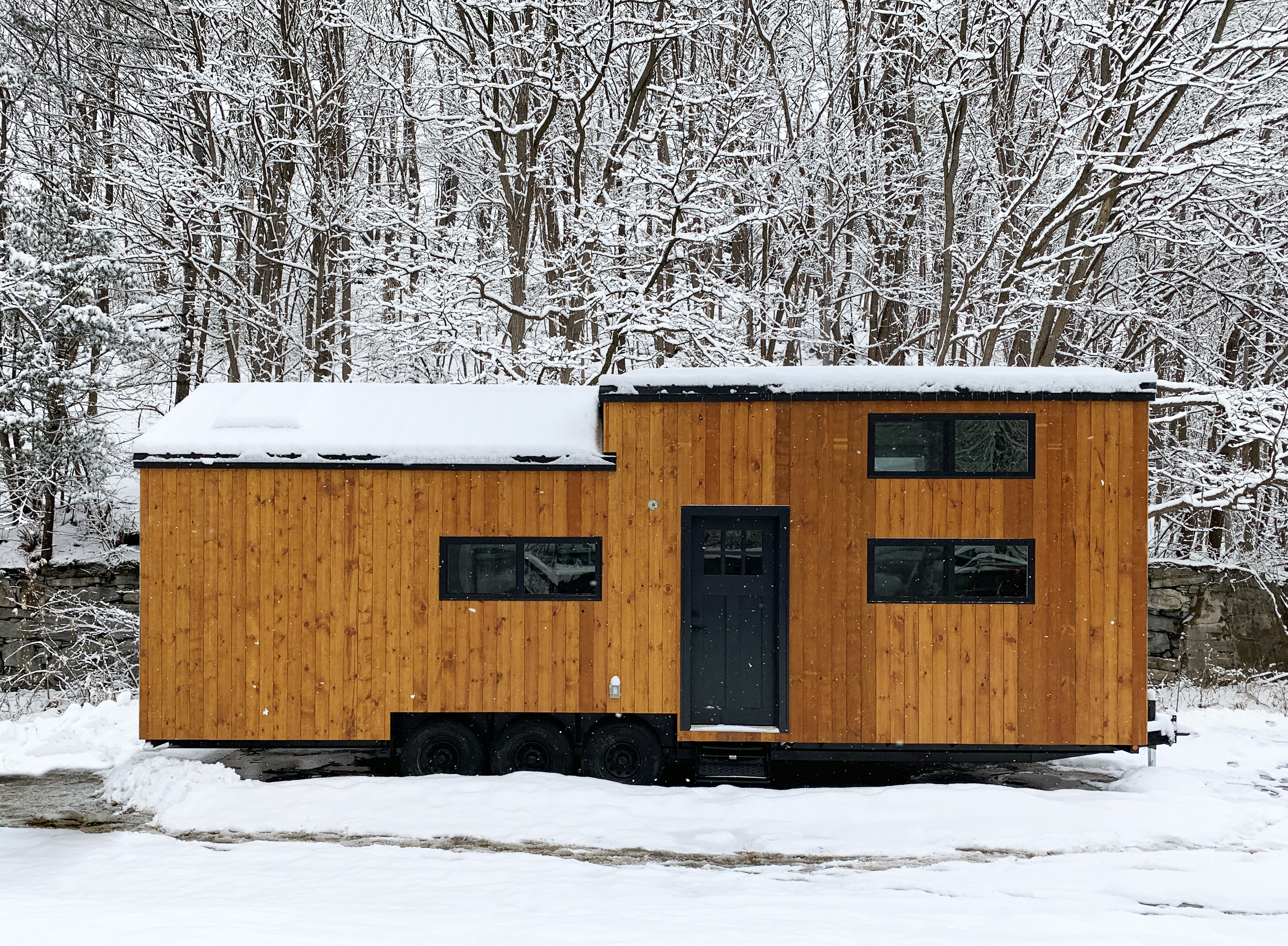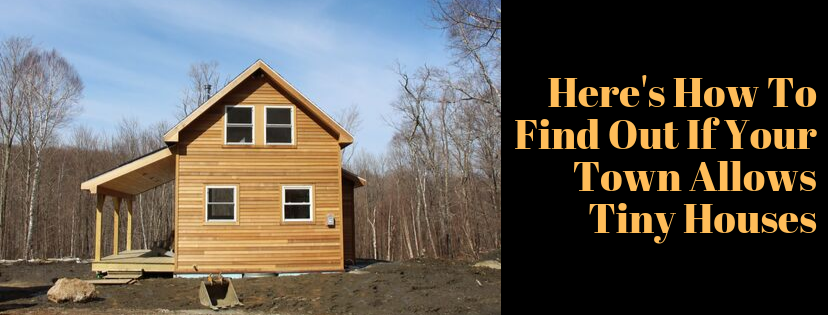Here’s How To Find Out If Your City or Town Allows Tiny Houses in 3 Steps
Here’s how to find out if your city or town allows tiny houses.
1. Look up zoning codes.
Zoning codes for many municipalities can be found on your town’s website or on ecode360.com.
Here are some helpful search terms:
If you’re hoping to put a tiny house ON WHEELS either on its own property or on a property with other buildings:
- Tiny House
- RV, Recreational Vehicle, or Recreation Vehicle
- Park Model (if your tiny house is greater than 8.5′ in width)
If you’re hoping to build a backyard cottage ON A FOUNDATION:
- ADU or Accessory Dwelling Unit
- Detached ADU
- Accessory Apartment
If you’re hoping to build a small house ON A FOUNDATION on its own piece of land:
- Minimum Square Footage, Minimum SF, Minimum Sq Ft, or Minimum Sq. Ft.
- Frontage (some towns don’t have a minimum square footage but they have rules on how big the road-facing portion of the house is based on the percentage of road frontage the property has)
Appendix Q for tiny houses on foundations:
If you’re hoping for a tiny or small house ON A FOUNDATION, look into whether your state has adopted Appendix Q for tiny houses into its building code. Appendix Q is a set of safety standards for houses on foundations that are 400 sq. ft. and under, basically providing standards for how lofts and ladders are built. More info on Appendix Q for Tiny Houses here. If your state hasn’t adopted Appendix Q, that doesn’t necessarily mean you can’t build small: it just means you’ll have to follow your state’s existing building code for lofts and ladders, and the other details in the Tiny House Appendix.
On January 1, 2020, Massachusetts and California simultaneously will join Maine, Idaho, Oregon and Georgia as the first six states to adopt the Tiny House Appendix into their building code. Many other states are in the process of adopting the Tiny House Appendix. The Tiny Home Industry Association has updates on Appendix Q across the United States.
Please note: there may be more lenient rules depending on whether your tiny house will be used seasonally, as a “guest house”, “camper”, or “cabin” rather than as a full-time, permanent residence. If you’ll only be using your tiny house sometimes, residential zoning laws and building codes may not apply. Check in with your municipality if this is the case.

Photo: Arcadia Tiny House on Wheels. This tiny house can travel, and it’s certified as an RV. It’s currently being used as a guest house at Woodlife Ranch; it isn’t someone’s permanent home.
2. In the (likely) event there are no tiny-house-specific zoning codes, shoot your town zoning board an email.
If you can’t find any info on tiny houses in the town’s zoning but would like to know whether a tiny house on wheels or on a foundation would be legal to live in full-time, send a quick email to your town’s building inspector or zoning board (you can find their contact info on your town’s website).
Be sure to include the following information:
- What kind of tiny house you’re inquiring about (on a foundation or on wheels?)
- What code the house would be built to (if it’s on a foundation, does it comply with Massachusetts residential building code? If it’s a tiny house on wheels, is it certified by the RVIA or another third-party inspector?)
- A description of where you’d like to put it (in a backyard, on its own lot, or in a community) and the address so your zone can be confirmed. If you don’t have an address in the town but would like to move there, let them know that as well.
They’ll be able to tell you whether tiny houses are legal.

Photo: Green River Small House. This house was built on-site, piece by piece, and it is compliant with local zoning bylaws and state building code. It’s being used as a permanent, year-round home.
3. If there aren’t any tiny house zoning bylaws yet, you can request your town changes their standards (and you don’t have to be an expert to ask!)
If tiny houses are not currently included in the zoning bylaws, your zoning board will be able to advise you whether it’s worth pursuing a change to the zoning bylaws. Generally this process takes a while, and the zoning board will guide you through it. You don’t have to be an expert to request a zoning change, just an interested citizen! Be prepared with knowledge of how having tiny houses would help your town or city. Here are some examples, which you can tailor to the specific needs of your municipality:
- If your town center has historic buildings but downtown housing prices are excluding a large chunk of the population from living there, adding tiny houses (either on wheels or on foundations) to backyards as ADUs (Accessory Dwelling Units) can densify and diversify neighborhoods without destroying their architectural character. Don’t tear down those beautiful old buildings to add more households: add backyard cottages instead!
- Tiny houses on wheels can provide flexible temporary living spaces for those who may need a live-in caregiver for a few years. This setup is great for those who are aging in place and need a caregiver close by, a disabled adult living in the ADU in the backyard of their family, or an ill person who cannot live on their own but needs the privacy of their own living space. If necessary, tiny houses can be built wheelchair-friendly (check out the Wheel Pad).
- Tiny houses on wheels are also great for people in traveling professions, like military personnel, travel nurses, or agricultural workers. However, these people need places to stay. Allowing landowners to rent out a space for travelers helps them earn extra income while adding spaces for traveling workers to live that cause a low impact on the environment.
- A pocket community of tiny houses on wheels or small homes on foundations can add much-needed housing stock (let’s be honest, there’s a housing shortage almost everywhere in the US) that is more affordable than the large homes that most developers are building now.
It’s best to do this before you have your tiny house built. This way, you can be flexible in your design, making sure it conforms with the standards the town creates.



